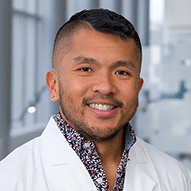Dallas
214-456-9099
Fax: 214-456-2230
Plano
469-497-2503
Fax: 469-497-2509
Adolescent Amenorrhea occurs when a female doesn’t have a menstrual cycle (period).
214-456-9099
Fax: 214-456-2230
469-497-2503
Fax: 469-497-2509
A young woman’s first menstrual cycle can begin anywhere from age 10 to 14. If they never occur, it is called ‘primary amenorrhea’. If they occur but then stop for at least 3 months, this is called ‘secondary amenorrhea’.
There are two types of amenorrhea:
Primary amenorrhea occurs when a female doesn’t start her menstrual cycle by age 15.
Secondary amenorrhea occurs when a female’s period stops for three months or more.
The main symptom of amenorrhea is a missing period. Other symptoms (depending on the cause) can include:
Diagnosing Amenorrhea starts with taking a good history and performing a thorough physical exam in clinic. This may involve an external pelvic exam and will likely not require an internal exam. Depending on what is found, additional testing may be ordered and may include:
There are a variety of reasons a female can have amenorrhea, including conditions that affect hormones or anatomy. Causes include:
You daughter’s treatment will depend on the cause of the amenorrhea, but may include:

